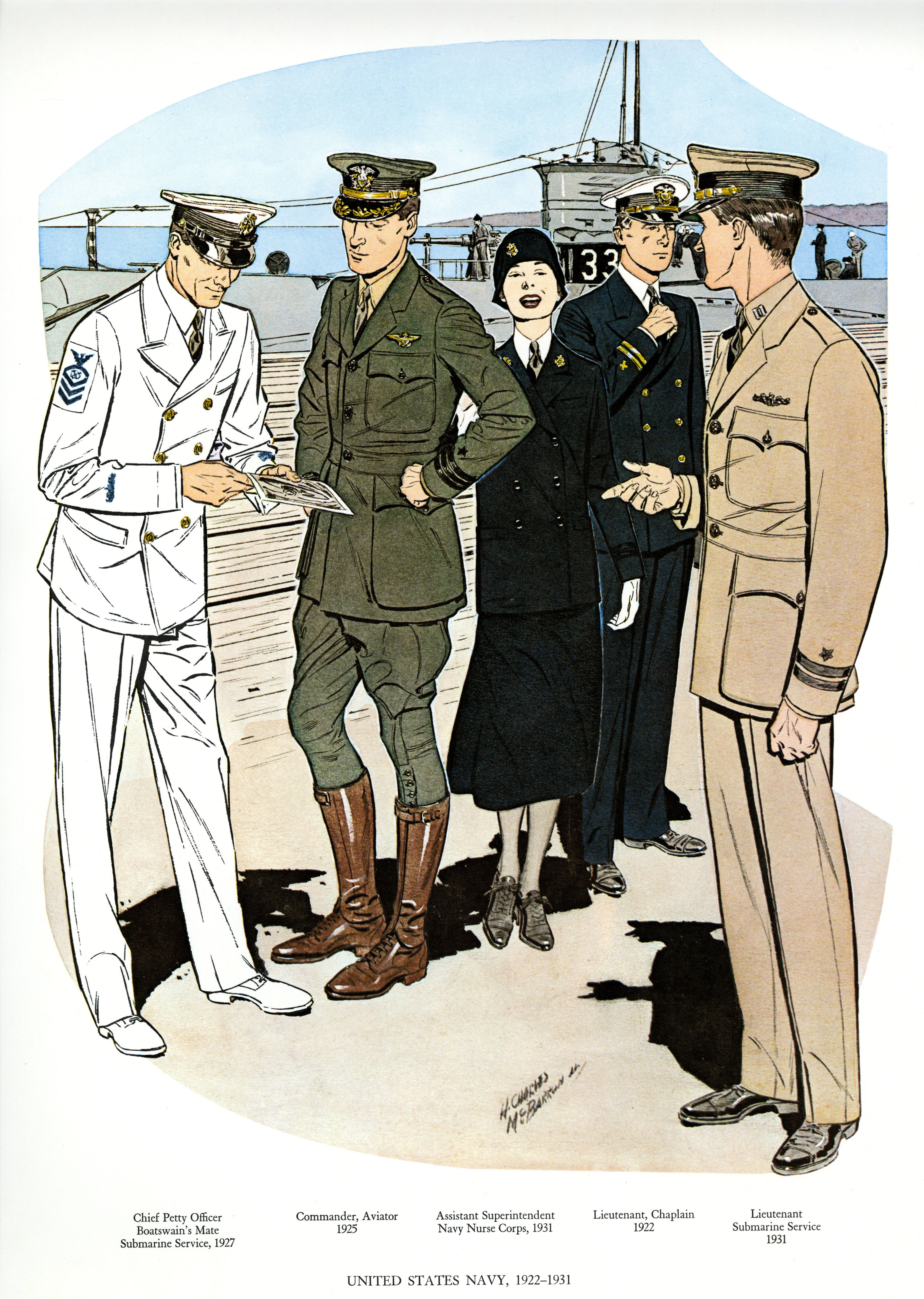

To compound this issue, less than 10 percent of the population have a propensity to serve, the lowest point in decades.Īdditionally, unlike the days of the draft when virtually every American knew about the military, today, most young Americans do not know anyone personally who has served in the military, and they are unaware of many of the benefits of military service. As among other things, national obesity rates continue to rise, and standardized mental aptitude test scores of individuals continue to fall. Only 23 percent of Americans age 17 to 24 are eligible to serve. Even in the best of times, a strong economy and low national unemployment have always made military recruiting difficult.įurther, the number of young Americans qualified or interested in military service is declining. To begin, America has seen record low unemployment for several years. There are several factors contributing to the situation. Last year, the force fell tens of thousands of recruits short of its goals and the same appears likely this year. As America continues to recover from two decades of war and a global pandemic, the military service are having significant difficulties filling their ranks. The United States military faces the most challenging recruiting environment in the 50 year history of the all-volunteer force. Thank you for your leadership and for joining us today.

Kristyn Jones, performing the duties of the Undersecretary of the Air Force. Erik Raven, Undersecretary of the Navy and Ms. Gabriel Camarillo, Undersecretary of the Army Mr. I would like to welcome our witnesses, Mr. The committee meets today to discuss the recruiting challenges facing the United States military.


 0 kommentar(er)
0 kommentar(er)
